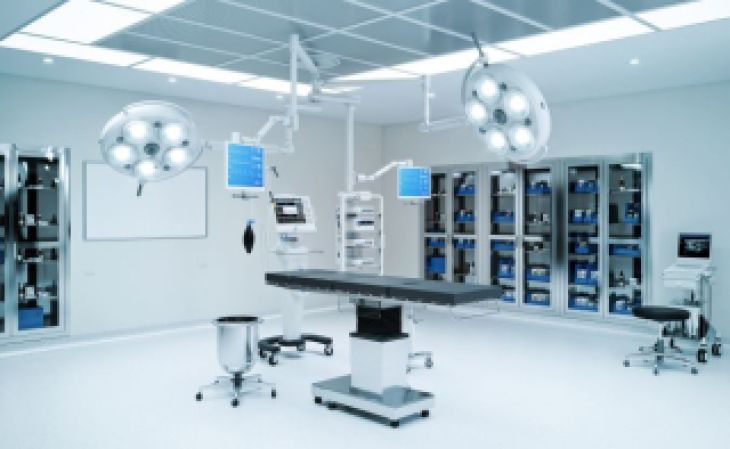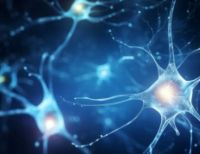A new technique developed by McGill researchers for mechanically manipulating stem cells could lead to new stem cell treatments, which have yet to fulfill their therapeutic potential.
Stem cell therapy has been heralded as a new way to treat many diseases, ranging from multiple sclerosis, Alzheimer’s and glaucoma to Type 1 diabetes. The anticipated advances have yet to materialize in part because it has proved much more difficult than originally thought to control the types of cells that develop from stem cells.
“The great strength of stem cells is their ability to adapt to the body, replicate and transform themselves into other kinds of cells, whether these are brain cells, heart muscle cells, bone cells or other cell types,” explained Allen Ehrlicher, an associate professor in McGill’s Department of Bioengineering and the Canada Research Chair in Biological Mechanics. “But that is also one of the biggest challenges of working with them.”
Recently, a team of McGill researchers discovered that by stretching, bending and flattening the nuclei of stem cells to differing degrees, they could generate precisely targeted cells that they could direct to become either bone or fat cells.
The first applications of this discovery are likely to involve bone regeneration, possibly relating to dental or cranio-facial repair, or treatments for bone traumas or osteoporosis, according to Ehrlicher, the senior author on the study, who led the research team.
He cautions, however, that it is likely to take a decade or two before this new understanding of how to differentiate stem cells translates into clinical treatments. Ongoing testing and manipulation of stem cells will help this discovery be incorporated into medical treatments.
The next steps in the research will involve determining how the molecular mechanisms underlying the different cells allow them to be stretched into cells that can become either fat or bone and then translating this knowledge into 3D fibre cultures.
About the study “Nuclear curvature determines Yes-associated protein localization and differentiation of mesenchymal stem cells,” by Ajinkya Ghagre et al was published in Biophysical Journal.
DOI: https://doi.org/10.1016/j.bpj.2024.04.008
This research was made possible by support from NSERC, the Canada Research Chairs Program, and CIHR.
















